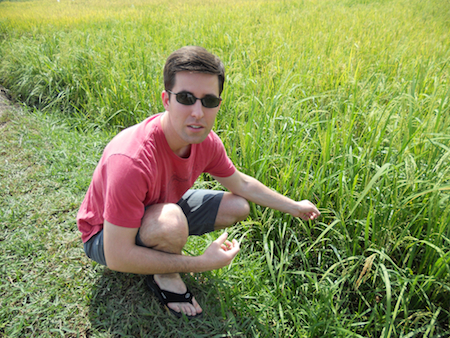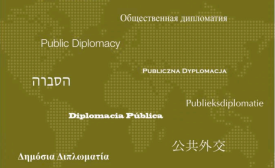green diplomacy
 APDS Blogger: Mark Preston
APDS Blogger: Mark Preston

In the most recent paper from the CPD Perspectives series, Donna Marie Oglesby examines the role the public plays in global climate change politics, using the 2009 climate change negotiations in Copenhagen as a primary example.
Communicating climate change presents us with a fundamental challenge. Climate change threatens all countries on Earth, regardless of their degree of development. However, telling the story of climate change, its causes and effects, and the ways in which we can contribute in the fight against it, remains a difficult task for any party involved, including the scientific community, governments, the media or nongovernmental organizations.
Mexico, host of the Cancún climate talks that began Monday, enforced tougher environmental standards in its notoriously dirty capital and vastly improved air quality.
Embassies may not seem like the most promising candidates for going green. Some occupy historic buildings; others, especially those of the United States, may be highly fortified structures that pay more attention to function than to form.
APDS Blogger: Martha Adams
Green is not just a color. Culturally, green can have contradictory meanings within its spectrum of usage. It is often associated with slang for money or ‘green with envy’, while the opposite end of its range of meaning is closely related to the Old English verb growan or “to grow” [plant life], or more relevant today, sustainable practices and formation of trust.
The diffusion and evolution of new technology has profoundly changed the practice of public diplomacy. Originally considered an activity only practiced by states, private actors have increasingly begun to invest in public diplomacy related initiatives.







